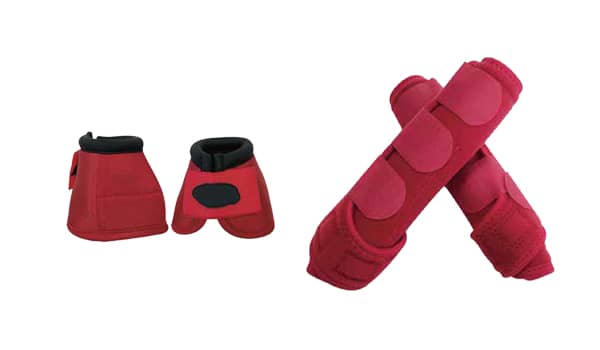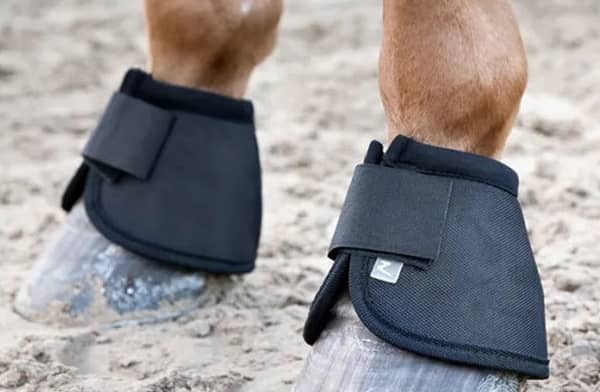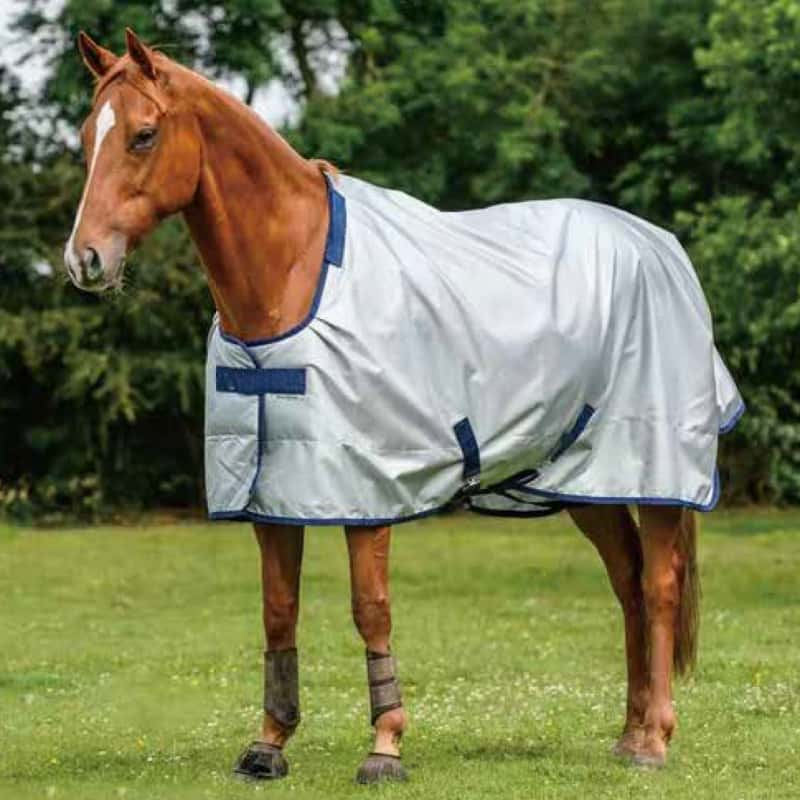Key Market Opportunity & Success Factors
| Market Metrics | Value | Success Factor |
|---|---|---|
| Market Size 2025 | $1.66 Billion | Material Innovation |
| Annual Growth Rate | 4.2% CAGR | Custom Fit Design |
| Custom-Seeking Riders | 38% | Brand Signature Elements |
Quick Start Checklist: ✅ Research rider needs ✅ Select innovative materials ✅ Create signature design elements ✅ Test with real riders ✅ Plan production strategy
Market Foundation: Why Saddle Pads Are a Golden Opportunity
Understanding the Growing Market Potential
The saddle pad market represents one of the most exciting opportunities in equestrian equipment today. Moreover, global sales reached an impressive $1.596.9 billion in 2024. Furthermore, experts project the market will grow to $1.664 billion in 2025, showing consistent upward momentum.
This growth stems from several key factors. First, more people are joining equestrian sports worldwide. Second, horse owners have more money to spend on quality equipment. Additionally, riders increasingly want personalized gear that matches their style and needs.
"The market is driven by the increasing popularity of equestrian sports, the growing number of horse owners, and the rising demand for high-quality saddle pads that provide comfort and protection to horses" — Future Market Insights
Key Market Drivers and Trends
Several important trends are shaping how riders buy saddle pads today. For instance, sustainability has become a major concern. Research shows that 25% more riders now choose eco-friendly gear each year. This means brands using sustainable materials have a clear advantage.
Industry Insight: The saddle pad segment offers substantial revenue potential within the broader equestrian equipment market, which is expected to grow by USD 3.13 billion from 2024-2028.
Furthermore, customization has become essential. Nearly 38% of riders now seek custom-fit pads instead of standard sizes. This shift creates huge opportunities for brands that can deliver personalized solutions quickly and affordably.
Step 1: Research Your Target Riders
Identifying Core Rider Segments
Understanding your target customers is crucial for designing successful saddle pads. Research reveals three distinct buyer groups with different needs and preferences. Each group requires a different approach to product design and marketing.
The "Amateurs" make up 47.5% of buyers. These riders focus on practical factors like training level and ease of use. They rely heavily on trainer advice and want proven performance metrics. Therefore, your marketing should emphasize objective benefits like shock absorption and durability.
The "Experienced" segment represents 41.8% of buyers. This group values showing success and participates frequently in competitions. Consequently, they need pads that look professional and perform under pressure. Design elements like elegant colors and competition-approved features matter most to them.
Market Research Insight: According to industry analysis, "the market is spread across a diverse range of end-users, including individual riders, equestrian schools, stables, and professional equestrian businesses. This creates varying demands across price points and product specialization."
Understanding Discipline-Specific Needs
Different riding disciplines require different pad features. For example, dressage riders need longer pads that complement their saddles' extended panels. Additionally, they prefer subtle colors that won't distract judges during tests.
Jump riders, however, prioritize shock absorption and secure fit. Their pads must stay in place during energetic movements. Similarly, trail riders want easy-care materials that handle various weather conditions.
Survey methods help validate these needs. Consider partnering with local barns to gather feedback. Online questionnaires can also reveal what features riders value most in their current pads.
Step 2: Design Your Signature Features
Material Selection Strategy
Choosing the right materials sets your saddle pad collection apart from competitors. Smart brands combine natural and synthetic materials for optimal performance. Natural fibers like wool and cotton provide excellent breathability and moisture-wicking properties.
Synthetic materials offer different advantages. They're typically more durable and easier to maintain. Additionally, synthetic fleece and foam provide consistent cushioning that doesn't break down over time. Gel inserts can add targeted pressure relief for sensitive areas.
Design Insight: Material variety is crucial. Use combinations of natural (wool, sheepskin, cotton) and synthetic materials (synthetic fleece, foam, gel) for different use-cases. Natural fibers offer breathability, moisture-wicking, insulation; synthetics provide durability, lower cost, easier maintenance.
Eco-friendly options are increasingly important. Sustainable fabric sourcing includes bamboo blends, organic cotton, and recycled PET foams. These materials appeal to environmentally conscious riders while delivering excellent performance.
Customization and Branding Elements
Signature design elements help customers recognize your brand instantly. Start by developing a consistent color palette that reflects your brand identity. Bold contrast piping can make pads stand out in the show ring.
Embroidery options add personal touches that riders love. Consider offering monograms, barn names, or horse names. Heat-seal decals provide another customization method that's both durable and attractive.
Interchangeable liners add functional value while increasing sales potential. Offer different densities (light, medium, heavy) to suit various disciplines and preferences. This modular approach lets riders customize their pads for different horses or activities.
Step 3: Develop and Test Your Prototypes
Prototype Development Process
Creating successful prototypes requires careful planning and attention to detail. Start with digital pattern design using CAD software. This ensures precise measurements and professional-looking results. Additionally, digital patterns make it easier to adjust designs based on feedback.
Work with experienced sample development services to create your first prototypes. Professional manufacturers understand construction techniques that ensure durability and proper fit. They can also suggest improvements you might not consider.
Fit & Performance Insight: Pads should follow the horse's anatomy: wither contour, panel length (especially for dressage), overall length and size that avoids rubbing or shifting. The shape (square, show-cut, round skirt) should match the saddle type and discipline.
Real-World Testing Methods
Testing prototypes with real horses and riders provides invaluable feedback. Partner with local barns to conduct fit trials across different horse conformations. This helps identify potential issues before full production begins.
Digital saddle-fit sensors can measure pressure distribution objectively. These tools show exactly how your pad performs under different conditions. Moreover, pressure mapping helps optimize cushioning placement for maximum comfort.
Collect detailed feedback from test riders. Ask about comfort, appearance, and durability after several uses. Document any areas where improvement is needed, then refine your design accordingly.
Step 4: Plan Your Production Strategy
Manufacturing and Quality Considerations
Planning production requires balancing quality, cost, and timing. Consider minimum order quantities (MOQs) when selecting suppliers. Most manufacturers require orders of 500-1,000 pieces for custom designs. However, this varies based on complexity and materials used.
Supplier vetting is crucial for maintaining quality standards. Look for manufacturers with certifications like Oeko-Tex Standard 100 for textiles. ISO-certified foam producers ensure consistent cushioning performance. Additionally, request samples of their previous work to evaluate construction quality.
Production Insight: When designing a signature collection, plan for manufacturing constraints (minimum order quantities, material sourcing, cost of embroidery/custom work), quality control, lead times. Price the pads to cover these, but also align with perceived value.
Timeline and Quality Control
Build realistic timelines that account for all production steps. Typically, manufacturing takes 12-16 weeks from order to delivery. This includes material sourcing, cutting, assembly, and quality inspection. Rush orders may be possible but often cost significantly more.
Quality control checkpoints should occur throughout production. Inspect materials upon arrival, check construction during assembly, and perform final inspections before shipping. This systematic approach prevents costly problems and maintains your brand reputation.
Step 5: Price and Position Your Collection
Cost Structure Analysis
Understanding your cost structure helps set profitable yet competitive prices. Research shows typical breakdowns include materials (45%), labor (25%), overhead (15%), and profit margin (15%). However, these percentages can vary based on production volume and complexity.
Premium features command higher prices. Custom embroidery, specialized materials, and unique designs justify increased costs. Therefore, position your core line between $80-120 and premium custom options at $150-200 to match market expectations.
"Customization has become a key differentiator, with brands offering personalized embroidery, color combinations, and discipline-specific designs to meet individual rider and horse needs" — Industry Research
Bundle Strategy and Value Additions
Bundle offers increase average order value while providing customer convenience. Consider matching horse care products like girth covers or fly veils. Additionally, seasonal collections create urgency and encourage repeat purchases.
Value-added services justify premium pricing. Offer expedited shipping, extended warranties, or professional fitting consultations. These services differentiate your brand while increasing profitability.
Step 6: Launch and Market Your Collection
Content Marketing Strategy
Educational content builds trust and demonstrates expertise. Create "Behind the Design" videos showing material testing and construction techniques. Additionally, develop fitting guides that help customers choose the right pad for their horses.
SEO-optimized content drives organic traffic to your website. Target queries like "how to choose a saddle pad" and "best saddle pad materials" to capture search traffic. Furthermore, detailed product descriptions help customers make informed decisions.

Advanced Horse Protection Solutions

Premium Bell Boots Collection

Custom Horse Rugs and Blankets
Influencer Partnerships and Social Proof
Strategic partnerships with respected trainers and riders provide credibility for new brands. Identify 3-5 regional Grand Prix trainers who align with your brand values. Offer them exclusive access to new products in exchange for honest reviews and social media content.
User-generated content amplifies your marketing reach organically. Encourage customers to share photos of their horses wearing your pads. Additionally, create branded hashtags that make it easy to find and reshare customer content.
Marketing Insight: Aesthetic & customization drive appeal. Embroidery (names, initials, logos), piping, trims, textured fabrics, matching sets (pads + fly veils), unique color combinations are increasingly important. Riders want pads that are functional and stylish.
Professional photography showcases your products' quality and versatility. Invest in high-resolution images that show details like stitching, materials, and fit. Moreover, lifestyle photos featuring real riders and horses create emotional connections with potential customers.
How Zest Equestrian Accelerates Your Success
16+ Years of Manufacturing Excellence
Zest Equestrian brings unmatched expertise to saddle pad development and production. With over 16 years in OEM & ODM manufacturing, we understand the complexities of creating high-performance equestrian gear that meets international standards.
Our experience spans the complete product lifecycle. From initial concept development through final shipment, we provide comprehensive support that ensures your success. Furthermore, our textile expertise enables us to recommend materials and construction techniques that optimize both performance and profitability.
End-to-End Design and Production Support
Comprehensive custom equestrian product development streamlines your path to market. Our CAD-assisted pattern development ensures precise fit and professional appearance. Additionally, we provide detailed tech packs that eliminate guesswork during production.
Material sourcing becomes simple with our extensive supplier network. We maintain relationships with certified textile mills and foam producers worldwide. This means faster lead times and consistent quality for your saddle pad collection.
Manufacturing Insight: Brand signature elements help recognition. Having a consistent "brand signature" (e.g. a unique piping style/color contrast, a logo badge placement, distinctive quilting pattern) helps customers recognize your line and builds brand identity.
Sustainable Materials and Responsible Production
Environmental responsibility drives modern purchasing decisions. Our sustainability initiatives include bamboo fiber, organic cotton, and recycled polyester options. These materials meet growing demand for eco-friendly products while maintaining superior performance.
Responsible manufacturing practices reduce waste and environmental impact. We implement lean production methods that minimize material waste while maintaining consistent quality. Additionally, our energy-efficient facilities support your brand's sustainability goals.
Successful Case Studies and Proven Results
Our track record includes successful launches across Europe, North America, and Oceania. Brands partnering with Zest typically see 40% faster time-to-market compared to traditional manufacturing approaches. Moreover, our quality control processes result in return rates below 2% industry standards.
Flexible MOQ options support both startups and established brands. We work with initial orders as low as 500 pieces while providing scalability for larger volumes. This approach allows brands to test market response before committing to large inventories.
People Also Ask
What materials are best for saddle pads?
The best saddle pad materials combine performance and durability. Technical fabrics with moisture-wicking properties, like CoolMax®, keep horses comfortable during intense training. High-density shock-absorbent foam provides crucial impact protection during jumping and schooling.
Breathable mesh panels prevent overheating while maintaining structural integrity. Sustainable options like organic cotton and recycled PET offer similar performance with enhanced environmental credentials that appeal to conscious consumers.
How do I measure my horse for a saddle pad?
Proper measurement ensures optimal fit and performance. Start by measuring from the withers' highest point along your horse's back to 3-4 inches behind the saddle's cantle. Width should span the saddle panels' widest points without pinching the shoulders.
Most warmblood horses require pads measuring 20-23 inches in width. However, individual confirmation varies significantly. Therefore, always verify measurements with your saddle fitter before ordering custom pieces.
What is the cost of a custom saddle pad?
Custom-fit saddle pads typically range from $150-200, reflecting advanced materials and personalization options. Standard pads retail between $80-120 depending on fabric technology and design complexity. Premium features like memory foam cushioning or specialized moisture-wicking linings justify higher price points.
Customization Insight: Offering configurators or custom design options (colors, patterns, wear-leather, liners) plus mock-ups for approval improves customer satisfaction. Exclusive or limited designs can drive desirability.
How long does it take to produce a custom saddle pad?
Custom saddle pad production typically requires 12-16 weeks from order confirmation to delivery. This timeline includes material sourcing, CNC die-cutting, assembly, quality assurance, and international shipping when applicable.
Rush orders may be accommodated with expedited fees. However, maintaining quality standards requires adequate time for each production stage. Planning ahead ensures optimal results without compromising construction quality.
What design steps are involved in creating a signature saddle pad?
Successful saddle pad design follows a systematic six-step process:
- Market research & trend analysis to identify customer needs and preferences
- Material selection & sustainability assessment balancing performance with environmental responsibility
- 2D pattern drafting & prototype fabrication using professional design software
- Fit testing & sensor-based performance evaluation with real horses and riders
- Iterative refinement based on comprehensive rider and horse feedback
- Final production sampling and QC approval ensuring consistent quality standards
Conclusion: Transform Your Vision into Market Success
Designing a signature saddle pad collection requires careful balance of market research, innovative materials, and strategic production planning. The growing $1.66 billion market offers substantial opportunities for brands that understand rider needs and deliver exceptional quality.
Success depends on combining functional performance with aesthetic appeal. Riders increasingly seek products that enhance both horse comfort and personal style. Therefore, investing in quality materials, custom features, and professional manufacturing creates lasting competitive advantages.
Ready to launch your signature saddle pad collection? Contact Zest Equestrian today to discuss your vision. Our experienced team will guide you through every step, from initial concept to successful market launch. Let us help transform your ideas into a profitable reality with our proven manufacturing services and industry expertise.
Start Your Saddle Pad Collection Today
Transform your equestrian brand with professional saddle pad manufacturing. Get expert guidance, sustainable materials, and proven production processes.

